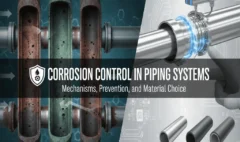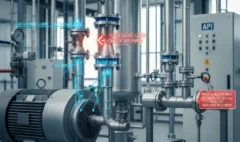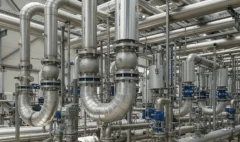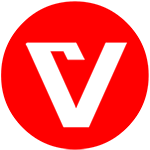The Piping Engineer’s Toolkit: Essential Software and Resources 💻
1 comment
The Piping Engineer’s Toolkit: Essential Software and Resources 💻
Introduction
The evolution of piping engineering from drawing boards to sophisticated digital tools. How software enhances efficiency, accuracy, and collaboration.
Key Software Categories for Piping Engineers
2D CAD (Computer-Aided Design):
- AutoCAD: Still used for P&IDs, schematics, basic layouts, modifications.
- Importance: Foundational drafting skills.
3D Plant Design & Modeling Software:
- Examples: AVEVA PDMS/E3D, Intergraph SmartPlant 3D (S3D)/SmartPlant P&ID, AutoCAD Plant 3D, CADWorx.
- Capabilities: Intelligent P&IDs, 3D modeling of piping/equipment/structures, clash detection, automatic isometric and drawing generation, material take-off (MTO) generation, collaborative work environment.
- Benefits: Improved visualization, reduced errors, better coordination, lifecycle data management.

Pipe Stress Analysis Software:

Specialized Calculation & Analysis Tools:
- Fluid flow simulators (for pressure drop, line sizing).
- Flange management software.
- Weld management software.
- Nozzle flexibility analysis (e.g., FEA tools, WRC 107/297/537 based calculators).
Material Selection Databases & Software:
- Software that helps select materials based on process conditions, corrosion data.
- Access to ASTM, ASME material property data.
Essential Standards and Resources:
- ASME Codes: B31 suite (B31.3 paramount for process piping), Section II (Materials), Section V (NDE), Section VIII (Pressure Vessels), Section IX (Welding).
- API Standards: API 570 (Piping Inspection), API 600/602 (Valves), API 610 (Pumps), API 520/521 (Pressure Relief Systems).
- ASTM Standards: For material specifications (e.g., A106, A312).
- Industry Handbooks: Crane TP-410 (Flow of Fluids), Nayyar Piping Handbook.
- Manufacturer Catalogs: For valves, fittings, specialty items.
Importance of Continuous Learning for New Tools & Standards:
- Software updates frequently, new tools emerge.
- Codes and standards are periodically revised.
- Need for staying current to remain competitive and ensure compliance.
Conclusion & Call to Action:
The modern piping engineer relies heavily on a suite of powerful software and a deep understanding of codes and standards. Targeted training courses for specific piping software (e.g., CAESAR II, S3D, Plant 3D) and workshops on ASME code application are invaluable for developing proficiency and leveraging these tools effectively to produce safe, efficient, and compliant designs.
Related Posts
Search
Categories
Popular Tags
3D CAD
API
ASME
ASME B31.3
ASME B31; Mechanical Completion
ASME Codes and Standards
B31.3 Information
Carbon Steel
Chemical Engineering
ISA
Material Selection
Mechanical Engineering
Oil And Gas
Pipe Stress Analysis
Piping
Piping Codes
Piping Designer
Piping Design Software
Piping Engineer
Piping Engineering
Piping Materials
Piping Stress Analysis Engineering
Project Management
Project Scope
Safety in Piping Systems
SmartPlant 3D
Stainless Steel
Stress Analysis
Training; ASME Courses
Valve Selection
| S | M | T | W | T | F | S |
|---|---|---|---|---|---|---|
| 1 | ||||||
| 2 | 3 | 4 | 5 | 6 | 7 | 8 |
| 9 | 10 | 11 | 12 | 13 | 14 | 15 |
| 16 | 17 | 18 | 19 | 20 | 21 | 22 |
| 23 | 24 | 25 | 26 | 27 | 28 | 29 |
| 30 | ||||||










Comment (1)
Osama
👍